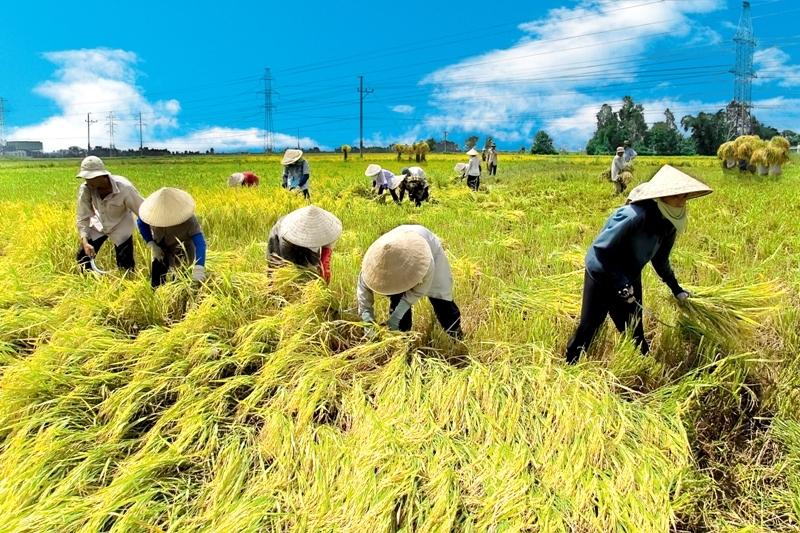|
Vietnam’s farm produce faces unpredictable future
Current factors,
including the global recession, Chinese yuan devaluation and global
oversupply, do not support Vietnamese farm exports, experts say.

Exports unsatisfactory this year
Nguyen Do Anh Tuan, head of Ipsard (the Institute
of Policy and Strategy for
Agriculture and Rural Development), noted that Vietnam’s farm exports had been
decreasing since the beginning of the year. This was partly attributed to Vietnam’s
rivals devaluing their currencies, thus making Vietnamese exports more
expensive.
Vietnam’s farm and seafood produce has become less competitive in price
compared with Indian and Thai rice, Brazilian and Colombian coffee, Thai,
Indian and Indonesian shrimp, and Indonesian and Malaysian rubber.
As the Chinese economy takes a hit, the world’s economies, have been reeling
as well. Vietnam's economy
bears the biggest influence from China’s
economic problems as 20 percent of Vietnam’s
agricultural products are exported to China, not including exports
across border gates.
According to Tuan, in the first seven months of the year, China consumed 37 percent of Vietnam’s
total rice exports, 47 percent of rubber, 36 percent of vegetables and
fruits, 13 percent of wooden furniture products, 12 percent of cashew nuts
and 7 percent of seafood exports.
Nguyen Trung Kien from Ipsard agreed that Vietnam’s farm produce had become
less competitive because of the exchange rate policy.
Previously, Vietnam’s rice
had a competitive selling price compared with Thailand
and India.
However, the prices are now nearly the same.
Kien noted that Vietnam’s
agricultural growth rate heavily depends on exports, but exports have been
unsatisfactory so far this year.
Vietnam’s
farm exports in general have been average as the rice export value is down by
13 percent, coffee 16 percent, rubber 6 percent and seafood 16 percent.
Vietnam
exported $9.2 billion worth of farm produce in the first eight months of the
year, a decrease of 7.7 percent over the same period in 2014.
In 2013, China consumed 66
percent of Vietnam’s
rice exports, while the figure was just 47 percent in the first four months
of the year.
Regarding coffee exports, since Brazilian and Columbian arabica coffee prices
have decreased sharply as a result of the local currencies’ depreciation, Vietnam’s
robusta exports have suffered.
Dim ray of hope
Kien warned that weak competitiveness plus weak demand in the world market
would still be big problems for Vietnam’s farm produce in the
time to come.
The International Monetary Fund (IMF) and the World Bank (WB) and several
other institutions all have predicted that the price of farm produce such as
rice, coffee and shrimp would see a downward trend until 2020.
A 7-13 percent decline in prices has been predicted for the next several
years.
TBKTSG
|

Không có nhận xét nào:
Đăng nhận xét